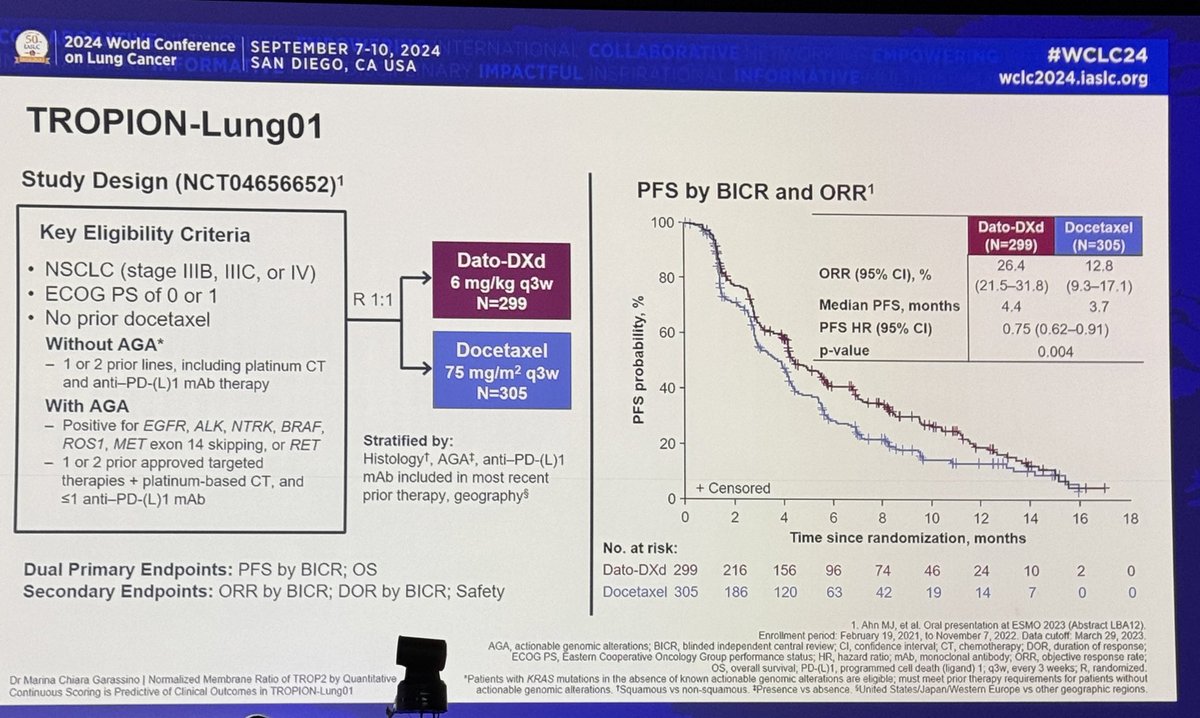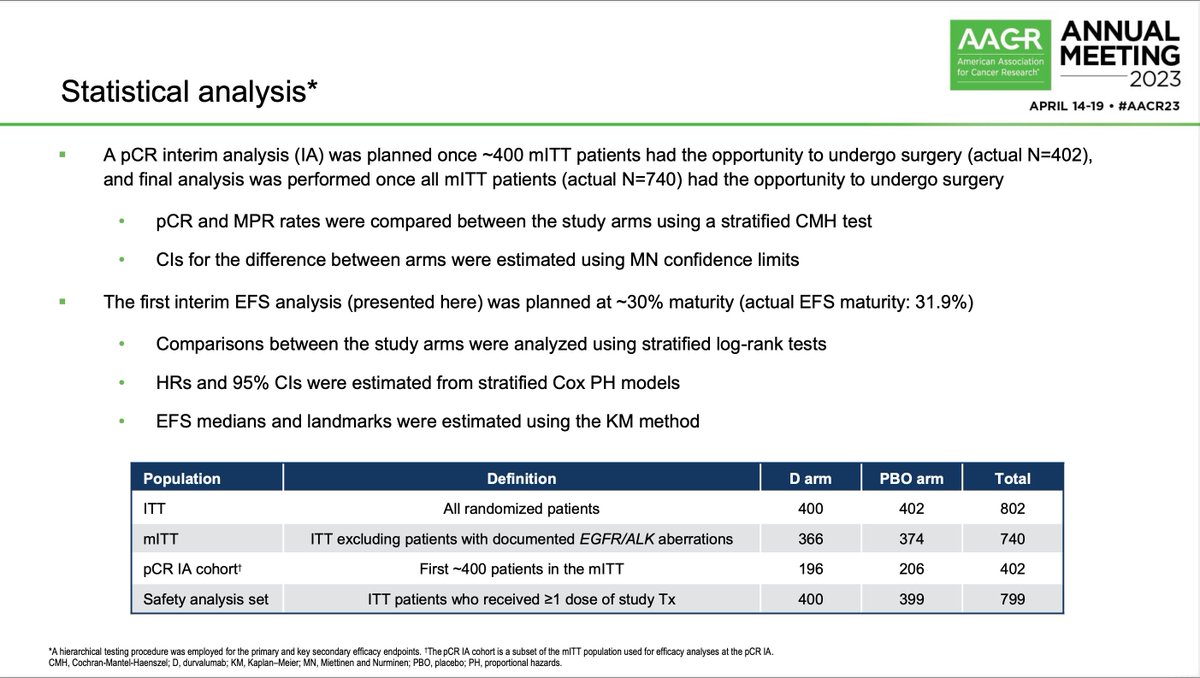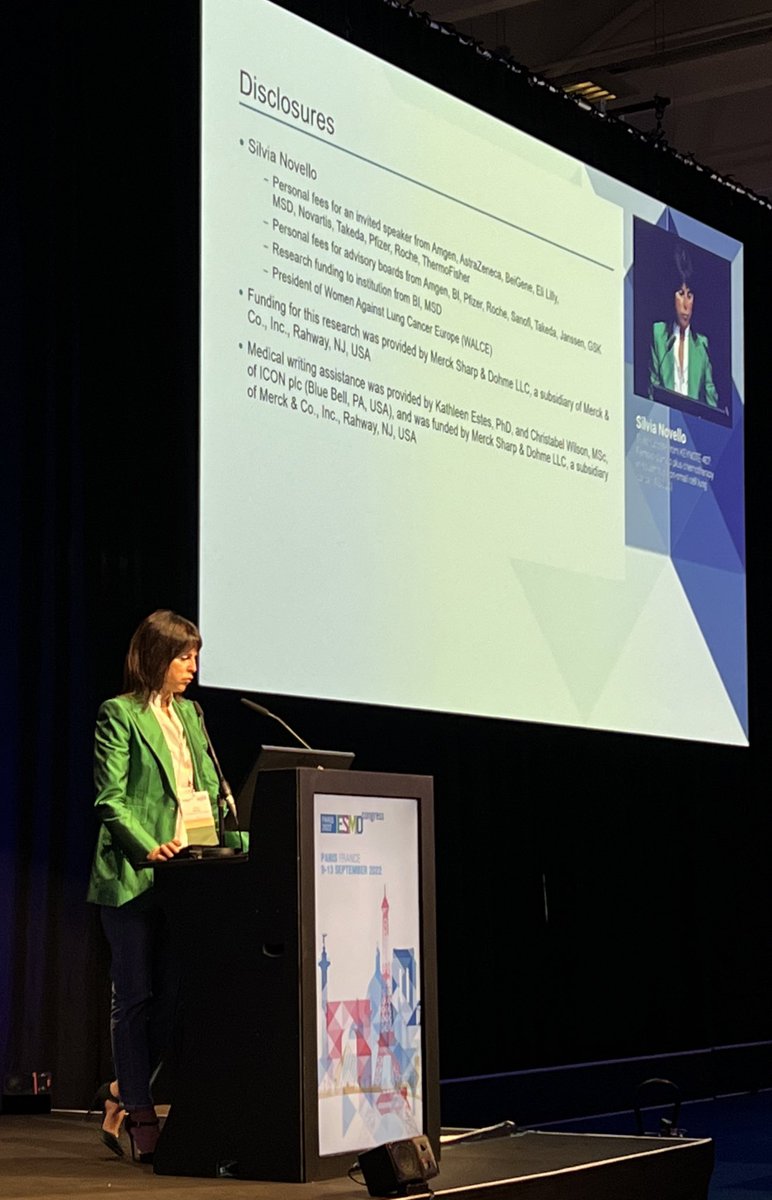#ESMO20 With some of the technical limitations, grateful for this discussion of the mesothelioma #MPM oral abstracts by @GautschiOliver @OncoAlert 
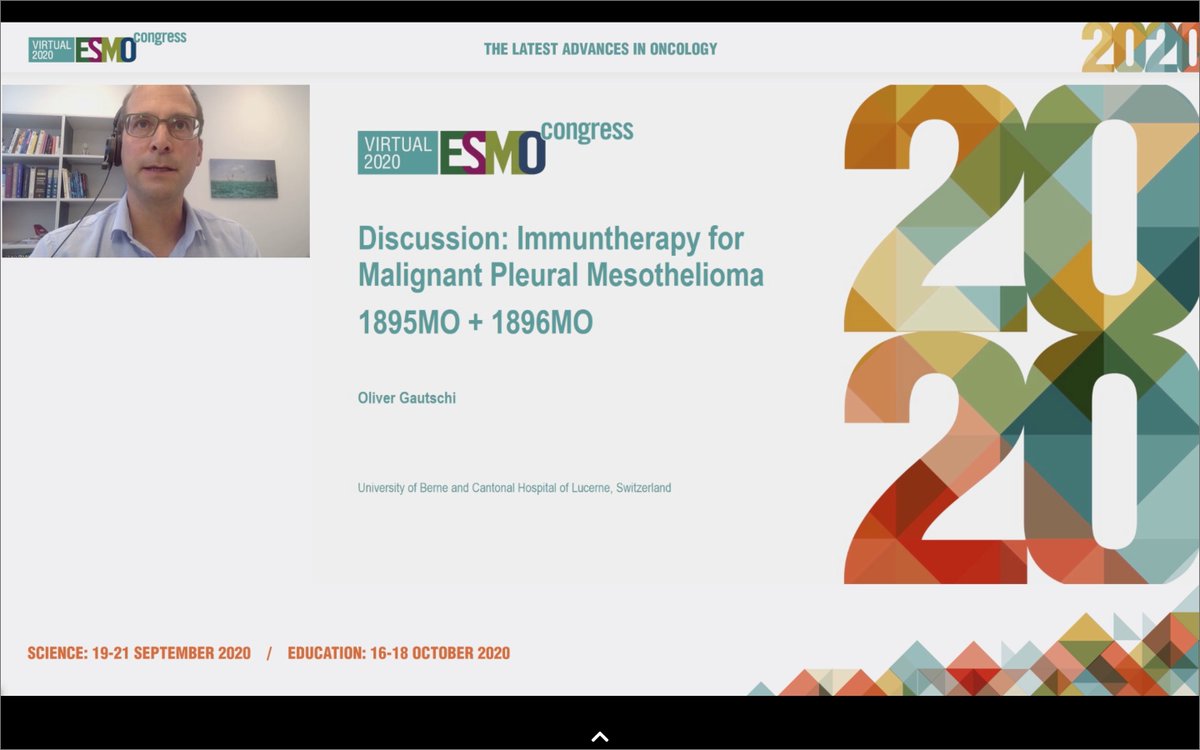
#ESMO20 @GautschiOliver reviews the history of immunotherapy in #MPM, with early single arm trials showing efficacy but disappointing randomized trials of tremelimumab and of pembro vs chemo. Still, responses were seen, including his own patient with a 3y response. @OncoAlert 




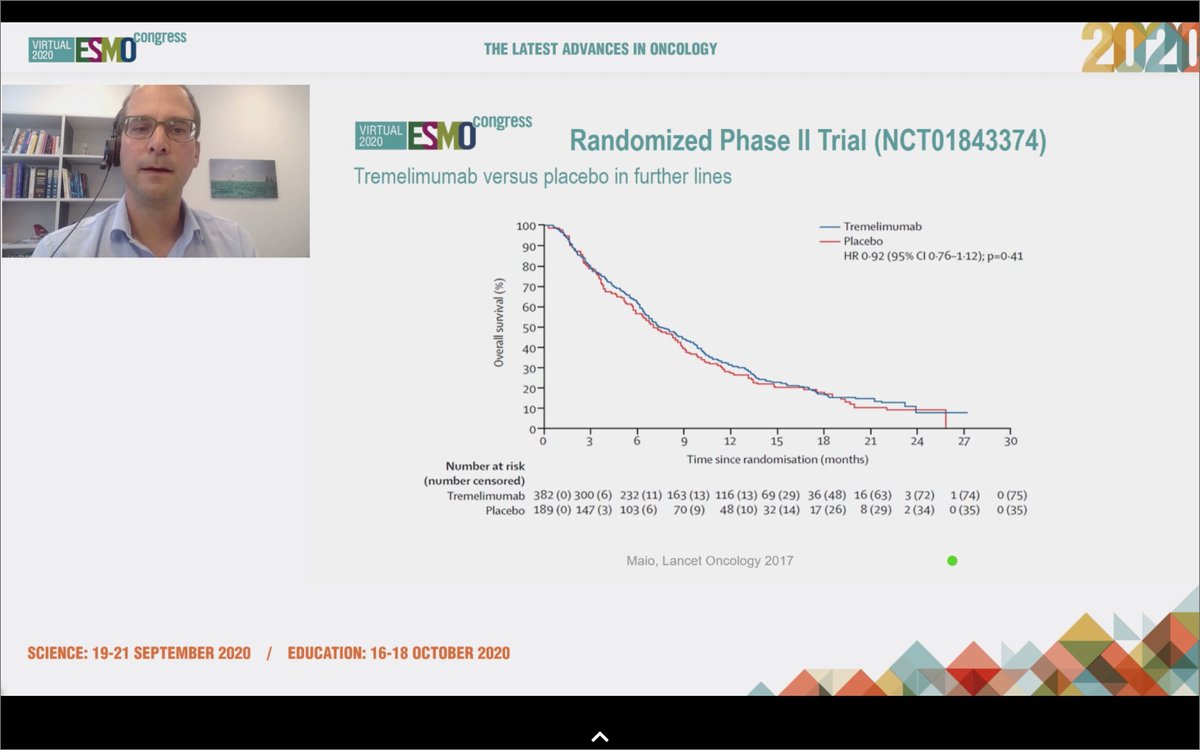


#ESMO20 That finally changed with #WCLC20 @IASLC with CheckMate 743 when first-line nivo/ipi improved OS compared to chemotherapy (OS HR 0.74), particularly in the non-epithelioid subtype (OS HR 0.46). @OncoAlert 


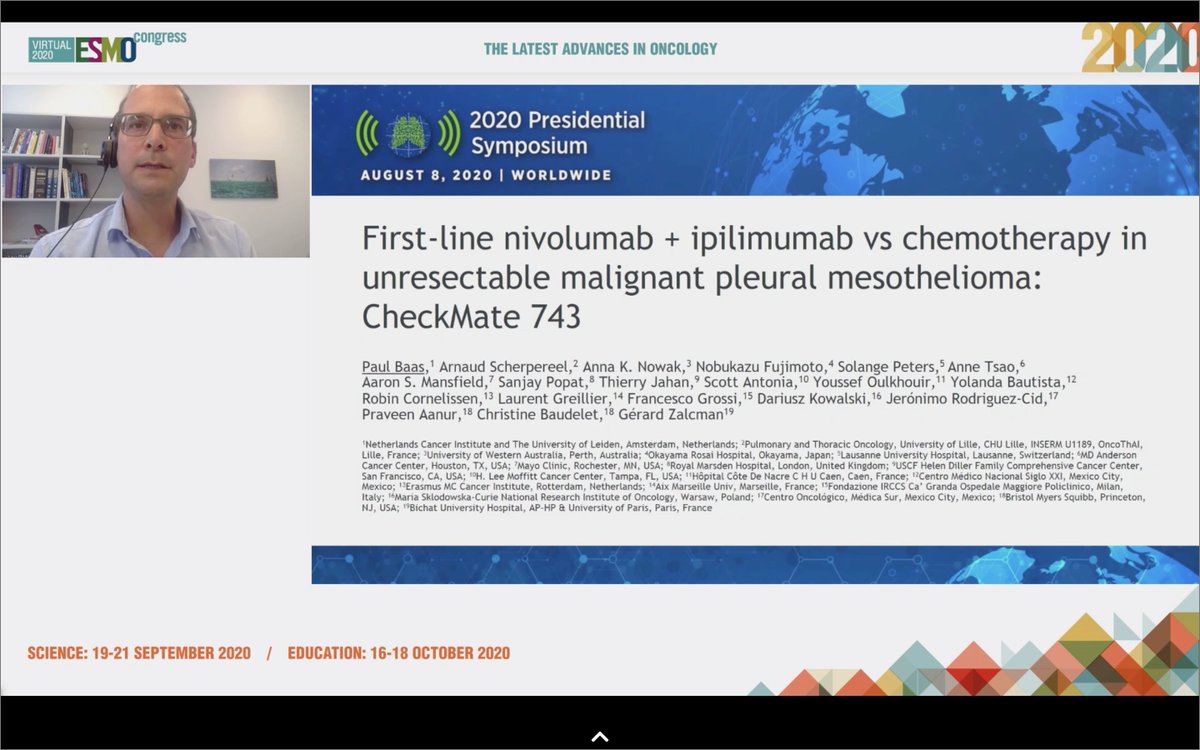


#ESMO20 Here, we saw 3y follow up of nivolumab monotherapy from the phase 2 MERIT trial. Median OS of 17.3m very encouraging. Higher in PDL1 positive (19.1 vs 11.6) and in biphasic/sarc subtype (OS 26.6) vs epithelial (OS 15.7), though small numbers (n=34). @OncoAlert 


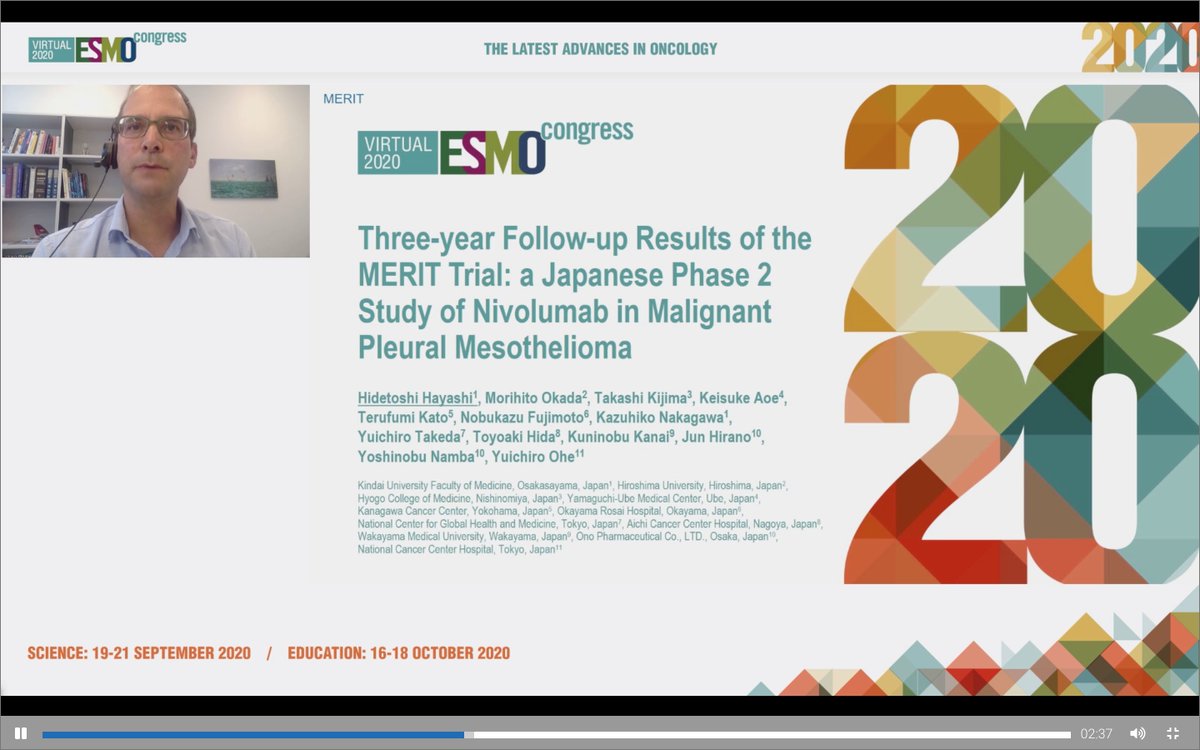

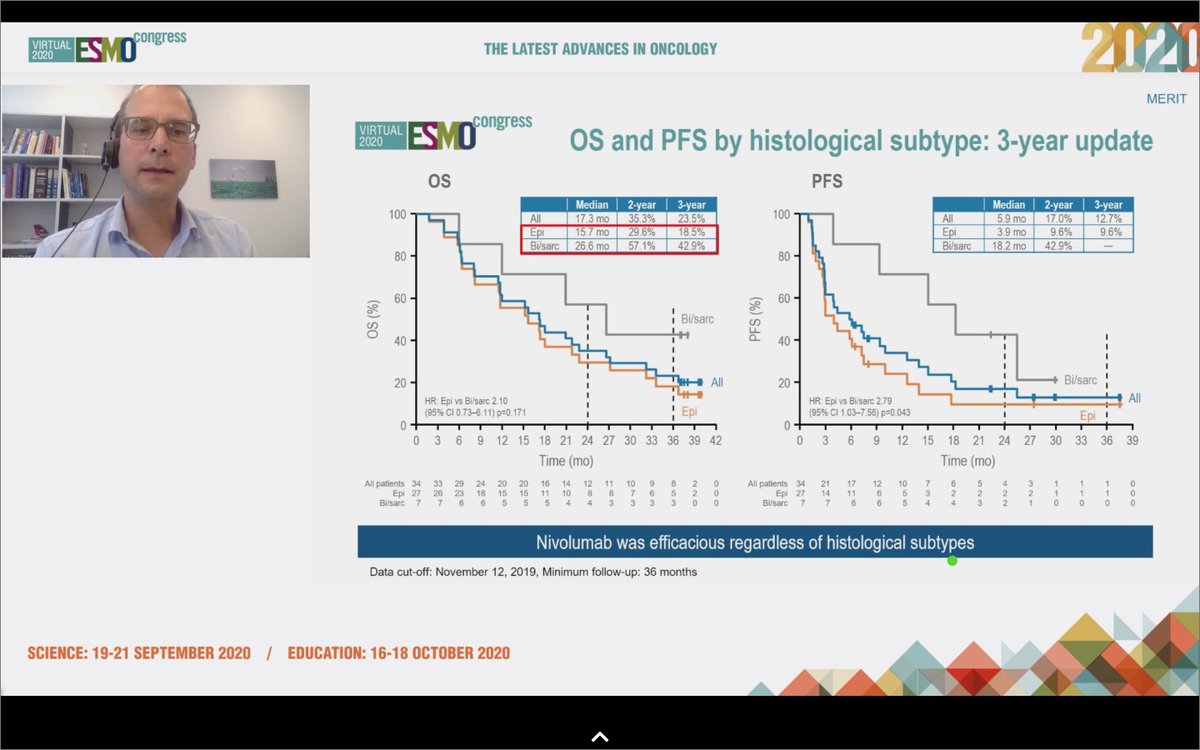
#ESMO20 Relevant to these studies is this abstract on volumetric PET response in #MPM. As anyone who has treated this disease on trial, disease assessment is very challenging. This volumetric approach could be an alternate tool to gauge response. @OncoAlert 



#ESMO20 Relatively small study (n=27) but found that RR was higher with PET, suggesting CT could underestimate activity. MTV held better prognostic value than SULpeak suggesting the total metabolic activity held more value than a single lesion. @OncoAlert 

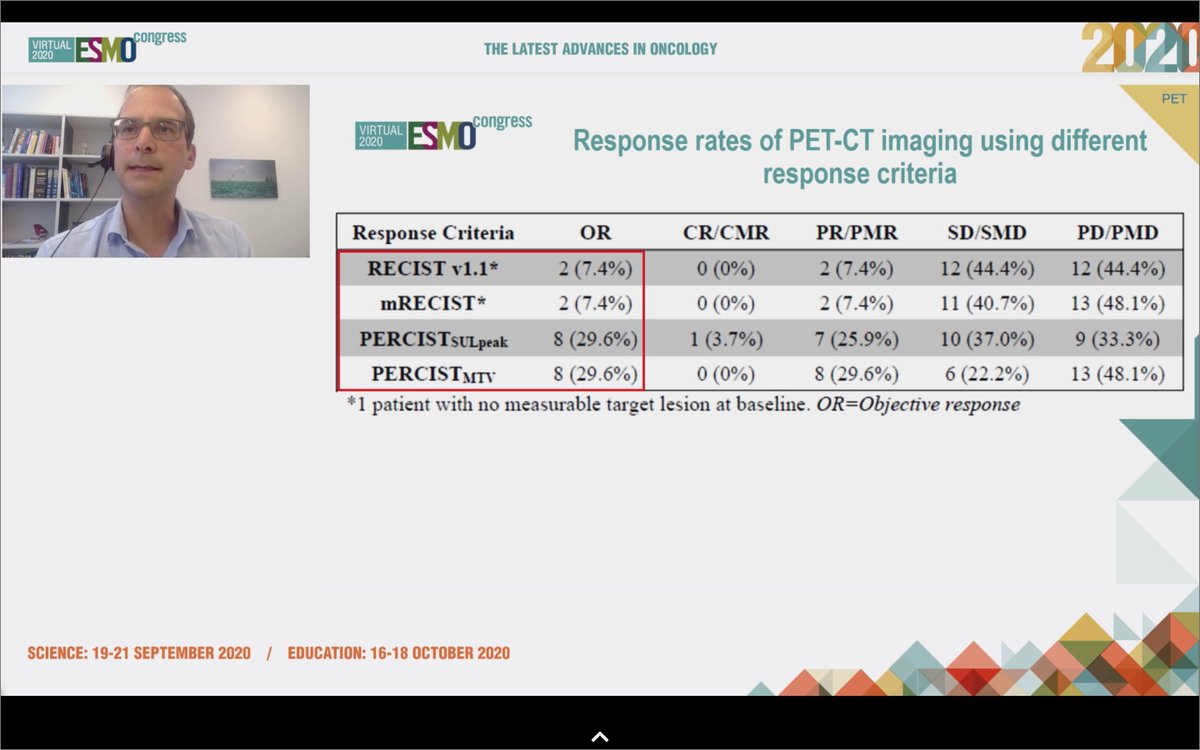
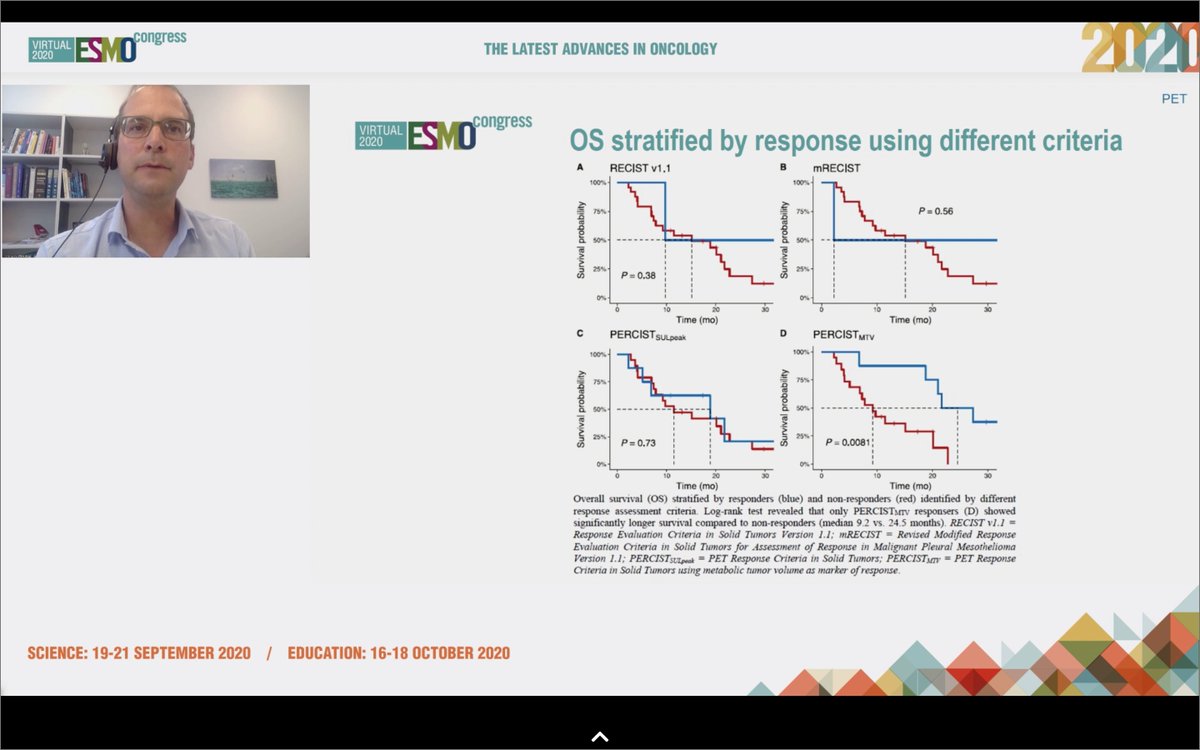
#ESMO20 I think that PET as a tool for #MPM is very appealing but will be challenging to implement at multiple centers. The key question: "is it scalable?" @sarahcpr @OncoAlert 
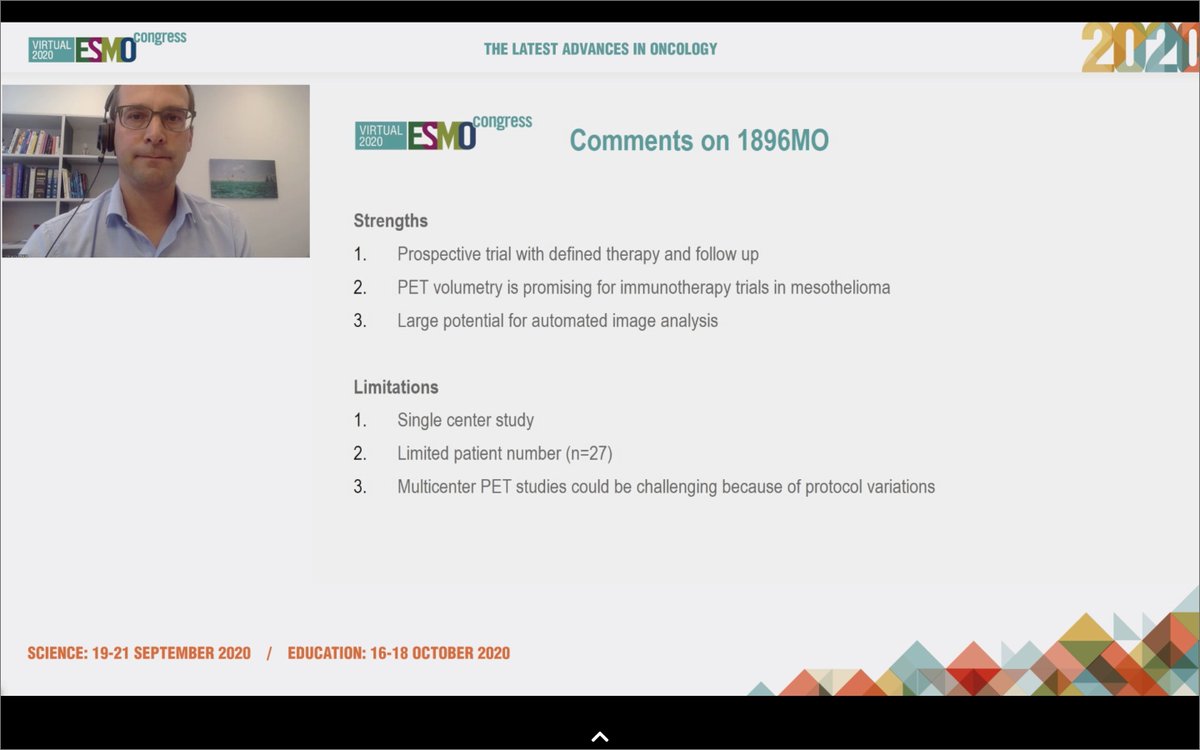
• • •
Missing some Tweet in this thread? You can try to
force a refresh





